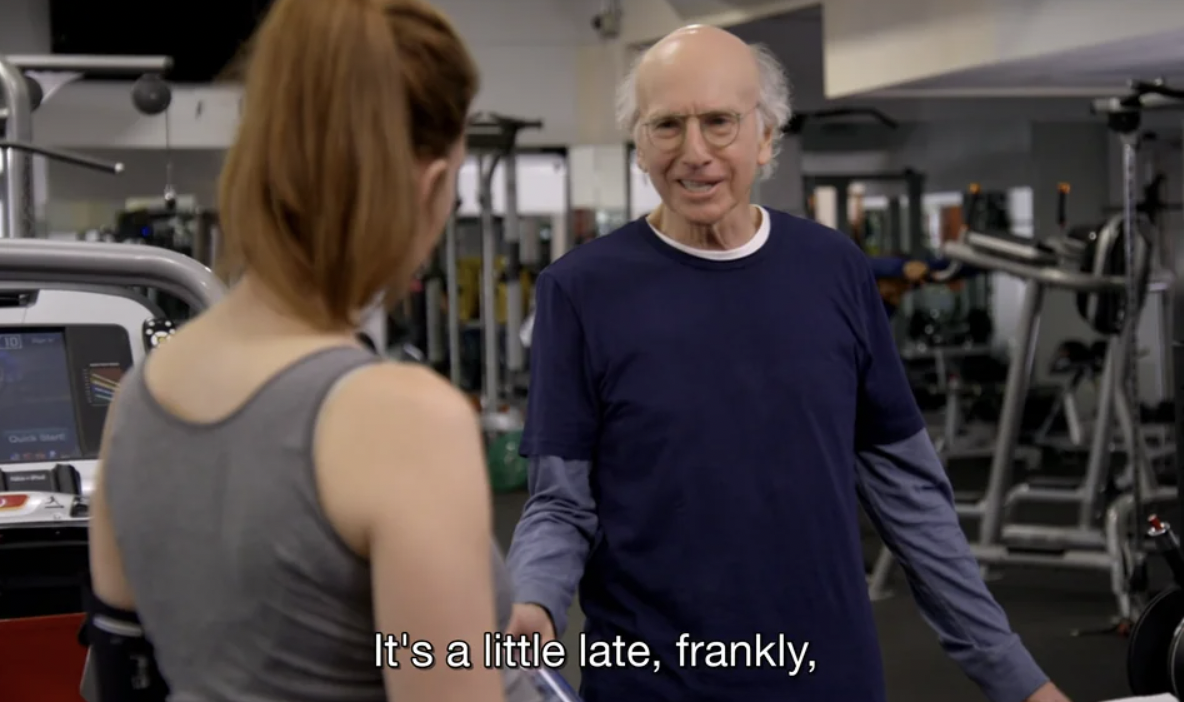5 Ways To Increase Running Capacity

It's the first nice day of the spring, and you lace up your shoes actually excited to go on a run. Boston is glorious!
So excited, you plan out a 6-mile loop around the river and think you just might be 30s per mile faster than your last year's time. 
You press start on your watch and race out the door. The first few strides feel GREAT. 30s per mile faster? Psh, how about a minute.
A 1/4 mile in, you're not so sure. WHEW, you're breathing heavy. "Riding the Peloton isn't this hard?" You say to yourself. "Am I not even at the bridge yet?" Maybe 6 miles isn't happening...
We've all been there.
It's always tricky trying to figure out what your running capacity is, especially here in the Northeast where we're generally talking about 4-5 winter months off of running. The best thing to do in the winter? Get mobile — take our runners mobility class for more
Whether you are an elite marathoner or just getting started back up with your running program the principles of building capacity are the same.
While there's no hard and fast rule to PR every run, here are the 5 ways to build your overall running capacity and to just get running to suck a little less
1. Be consistent
You're not going to get better at running if you don't, well, run. And no, bikes don't count. Run more to get better at running and increase the amount of time and speed you run. Crazy!
Being consistent is hard on your own. One strategy would be to lay out your week's worth of workouts on Sunday, and stick to it! Knowing you have to run Monday, Wednesday, Friday takes the thought process out of what you're doing and gives you one less decision to make!
Our Ripple Physical Therapists do this the BEST. If you know you're coming to the clinic for a workout Tuesday, then one of our personal trainers will give you a weekly workout program stating *long run Monday and *intervals on Thursday. The best part? You have to report back every week so your chances of skipping are slim 😉
2. Go Slow
The tortoise really does beat the hare. Even in the real world. If you and I have talked, you've probably heard me ramble about zone 2 heart rate running. Do more of that.
Contrary to what you probably think, going slower will actually help how fast your mile times are and will increase the amount of time you can run. I could go in-depth on the physiology of the body burning fat during low HR exercise vs sugar when going too fast, but I want you to keep reading the blog. Just think, going at a lower heart rate will increase your time under tension, therefore improving your ability to run further.
3. Running Economy
There is a right way to run. Even though everyone might look a little different doing it, running biomechanics has certain principles that need to be followed. Oh, and make sure you have prerequisite joint control first.
The best thing you can do is get a running analysis. Everyone’s ankles respond differently to the ground, and hips extend at different times during the running stride. Again, I'm biased, but our Ripple staff does a great job with these. What you can do is get your gait analyzed and have our physical therapists provide a few tricks into your everyday life and make huge strides in the running game.
4. Strength train
Running is basically thousands of plyometrics over and over again, so being strong is key to staying healthy and increasing your overall capacity. Keeping up with your lower body strength work will help the body absorb all those impact steps.
Building off running economy, specific joint work will fall into the strength training category. Making sure you have proper joint function means that your hip, knee, and ankle can all work on their own before trying to put them all together in a run. Without independent movement, you can't expect the sum of the parts to work.
5. Listen to your body
Your body is the best running coach. Especially if you're new to a running program, there's no one better to tell you, "ok, let's push it this week." Or, "holy sh*t I'm sore, there's no way I can go for a run today."
In that same breath, all these principles are great, but everyone responds differently to different stimuli. If you're that person that responds best to 3 hard runs a week, then mixing in strength and mobility work -- do that. On the flip side, if you feel better with 6 long, slow runs a week, then do that. Keep it simple!
Having capacity is the name of the game when running.
Having no capacity is like having a Ferrari with only a 3-gallon gas tank. Yeah, you may be able to go fast, but you've got to stop for fuel waaay too often. That Prius is always going to pass you.
Assess, don't guess when starting up your run program. Come into Ripple for a FREE running and movement assessment to get the support you need, along with a plan that works. Start with a 15-Minute phone call with me so I can set you up with your proper Physical Therapist or Personal Trainer to guide you on your running rehab journey!


